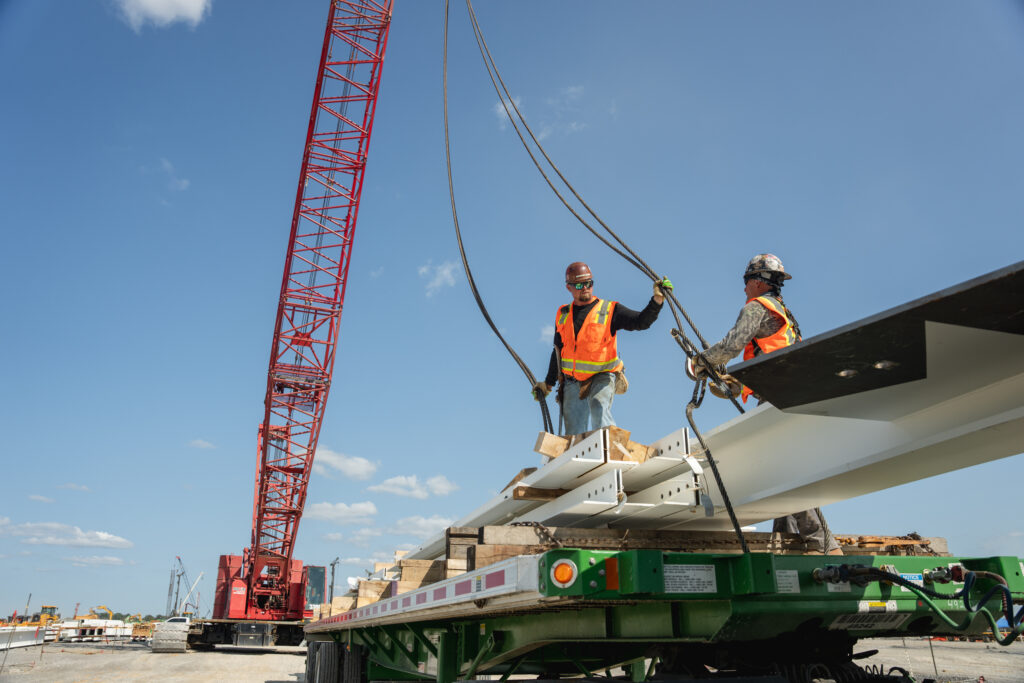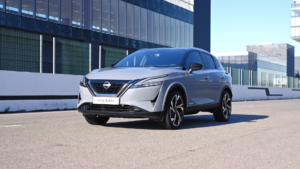Ford’s Michigan EV Battery Plant Backed by Tax Credits After Political Reboot

Structural steel is erected less than one year after Ford and SK On announced their $5.6 billion investment to build a revolutionary all-new electric truck and advanced batteries for future Ford and Lincoln vehicles in West Tennessee. With construction underway at BlueOval City, Ford – America’s No. 2 electric vehicle brand – gets closer to its target of reaching a 2 million electric vehicle annual run rate globally by late 2026. The nearly 6-square-mile mega campus will create approximately 6,000 new jobs and is on track to open in 2025.
After months of political back-and-forth, Ford’s $3B battery plant in Marshall, Michigan, is officially back on track to receive critical federal tax incentives despite ties to Chinese tech.
It was almost dead in the water. Ford’s massive $3 billion EV battery facility in Marshall, Michigan, meant to power the next generation of affordable electric vehicles, got caught in a political minefield over foreign tech partnerships. But now, thanks to revised language in the latest spending bill, the automaker’s factory is back in Washington’s good graces and eligible for billions in production tax credits.
Why does this plant matter right now?
Ford’s Michigan facility, scheduled to open in 2026, will produce lithium iron phosphate (LFP) battery cells, a cost-effective chemistry aimed at making EVs cheaper to build and own. The plant is already 60% complete and expected to bring 1,700 jobs to a region long hungry for manufacturing growth. It also happens to be a cornerstone of Ford’s strategy to deliver electric vehicles under $30,000.
Without federal tax support, the plant’s economics would’ve made a Detroit accountant sweat bullets. But thanks to a legislative U-turn, Ford is once again eligible for up to $45 per kilowatt-hour in incentives enough to significantly offset production costs and keep its EVs competitive with gas models.
How did politics almost kill the deal?
In short: China. Ford’s licensing deal with CATL (Contemporary Amperex Technology), the world’s largest battery supplier based in China, sparked bipartisan concern that U.S. tax dollars could indirectly support foreign interests. The original draft of the “Big Beautiful Bill” (as some insiders sarcastically dubbed it) aimed to block federal credits for any projects with Chinese fingerprints.
That caused Ford to issue a rare warning: if the bill passed as written, the Marshall plant might never reach production. Cue the lobbying, committee markups, and backchannel handshakes. By the time the ink dried, lawmakers had softened the restrictions, allowing Ford’s licensing arrangement to proceed under the condition that the company maintain full operational control.
Who is this for, and who should skip it?
This isn’t just good news for Ford. It’s a blueprint for other U.S. automakers juggling the balance between cost, competitiveness, and compliance. Ford gets to keep its LFP chemistry, scale up domestic EV battery production, and hit affordability targets, all while technically avoiding a trade war. It’s also a win for Michigan workers, regional suppliers, and the Biden administration’s EV goals.
But it’s not for companies unwilling to walk that legal tightrope. The CATL model may work for Ford, but rivals like GM, Stellantis, and Toyota will need their own approaches or risk scrutiny if they try a similar dance with overseas tech.
What’s the long-term significance?
This facility doesn’t just fill a supply chain gap it changes the math. With LFP batteries produced domestically, Ford can shave thousands off production costs, enabling entry-level EVs that compete directly with ICE vehicles on price. It also reduces reliance on volatile global markets and positions the automaker as a real threat to Tesla in the under-$35K segment.
More broadly, it signals to Congress and the private sector alike: EV incentives may be political footballs, but they’re still very much in play. And if you can meet the fine print, the government is still willing to help bankroll the electric future even if that future is partially written in Mandarin.
Like what you’ve read? Stay in the driver’s seat with more insider automotive insights. Follow @NikJMiles and @TestMiles for stories that go beyond the press release.






